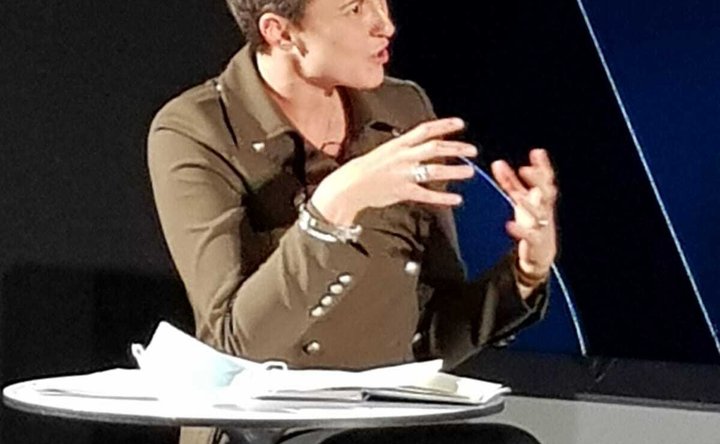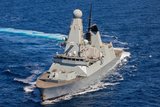Beyond GPS: How LEO satellites are changing the game in naval navigation
Xona Space Systems’ platform drastically reduces the effective range of jammers compared with MEO options. (Photo: Xona Space Systems)
“We’re seeing our satellites being jammed by the Russians on a reasonably persistent basis,” Maj Gen Paul Tedman, head of UK Space Command, told the BBC during an interview earlier this month. It happens “weekly”, he explained. A few weeks earlier, Germany’s defence minister Boris Pistorius warned that Russia and China now have the capability to “disrupt, blind, manipulate or kinetically destroy” satellites.
For governments and civilians living near Russia, this is disruptive. For navies, it’s mission critical. Ships at sea rely on precise satellite timing for navigation, communications, weapon guidance and autonomous operations. One glitch and the mission fails.
Closer
Already have an account? Log in
Want to keep reading this article?
More from Naval Warfare
-
![MBDA-led DragonFire’s latest trials move the LDEW system closer to UK Navy integration]()
MBDA-led DragonFire’s latest trials move the LDEW system closer to UK Navy integration
The DragonFire lines up with other European laser-directed energy weapons being developed in collaboration with MBDA.
-
![US Coast Guard pursues solutions to increase maritime domain dominance]()
US Coast Guard pursues solutions to increase maritime domain dominance
The USCG is seeking technologies, services and applications to better connect its assets and speed up the decision-making process.
-
![Canadian Coast Guard’s OOSV delivery is “major milestone” in fleet modernisation]()
Canadian Coast Guard’s OOSV delivery is “major milestone” in fleet modernisation
The Polar Class 6 platform is the largest CCG science-dedicated vessel and will operate on the country’s east coast.
-
![How the Anduril-HHI autonomous ship plan fits in with the US Navy’s MASC programme]()
How the Anduril-HHI autonomous ship plan fits in with the US Navy’s MASC programme
The new modular vessel is expected to be developed for both commercial and defence use, with a heavy focus on production speed and mission flexibility.






















